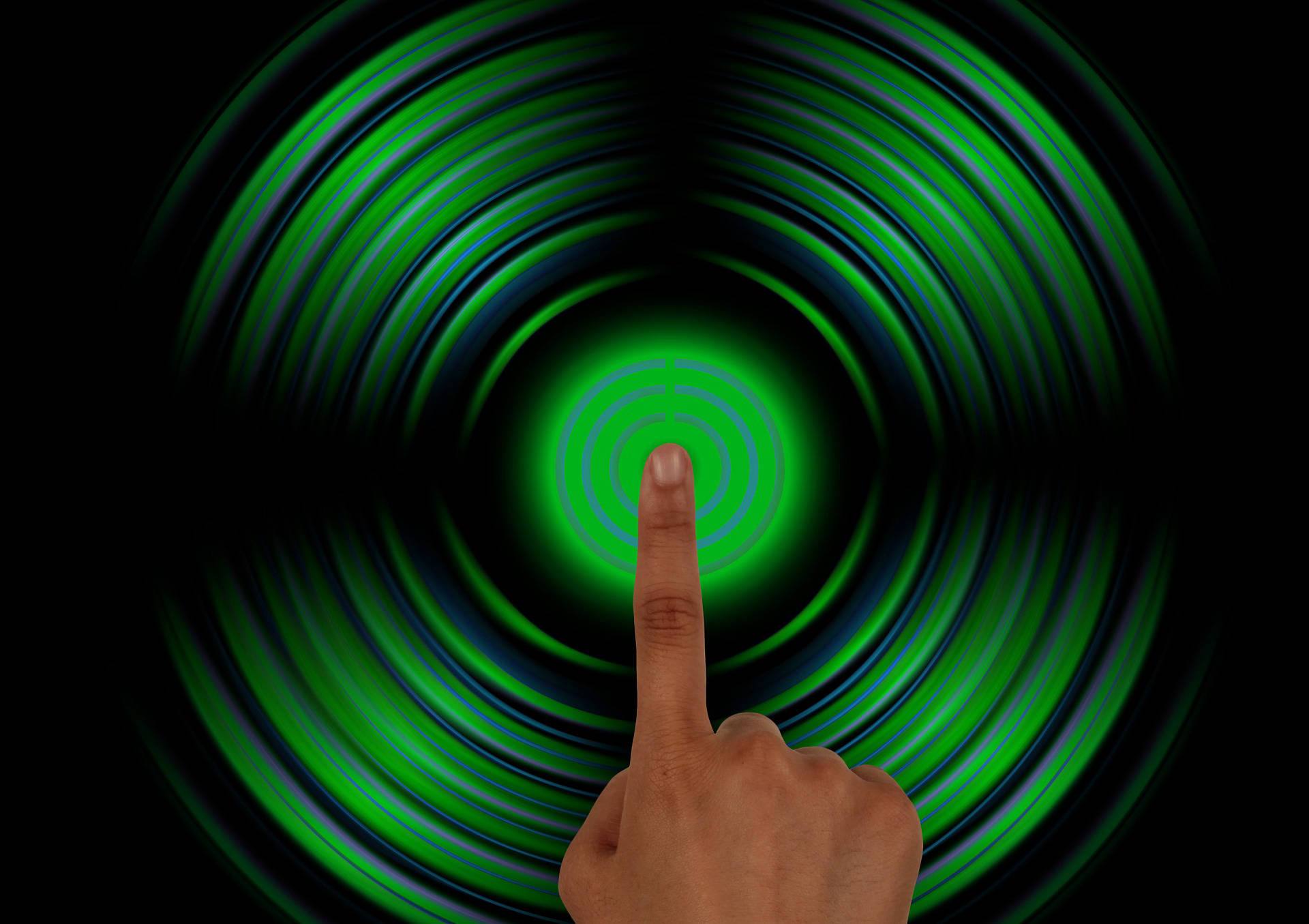

Featuring: George Howard from his "Music Publishing 101" video.
Editorial and comments by Michael Borges.
Former president of the storied Rykodisc label and founder of Slow River Records, George Howard is an accomplished musician, producer, executive, and educator. He currently holds posts as Assistant Professor of Management at Loyola University, instructor and lecturer at Berklee College of Music’s Berklee Music program, and editor and frequent contributor to Artists House. He is the author of Getting Signed! An Insider’s Guide to the Record Industry, and Publishing 101, both aimed at educating aspiring artists in how to succeed in a music industry business that at times seems rigged against them.
Whenever an original song, with lyrics or instrumental music, is “fixed” in a tangible medium (recorded or written down), a copyright is generated.
Publishing is concerned with the registration, exploitation (licenses sales), and collection of the copyright.
1. Royalties paid to the songwriter/composer (could be same as publisher) are the mechanical royalty which covers the composition.
2. Royalties are also paid to the performer of the song, which can be the same as the publisher and/or record label.
Publishing is focused primarily on the royalties paid to the songwriters and composers. If you are just starting out, you will most likely be a self-published publisher, which is very common these days, and is the best way to build and expand your future music publishing career and licensing opportunities.
1. Mechanicals for the composition of the music – paid by the label to the songwriter for the rights to “mechanically reproduce” the writer’s song on CD or download. Note, this occurs whether or not the writer is the performer of the song.
2. Synchronization for use of music with visual media such as film, videos, slide shows or games, etc. – Paid by the producer of a movie, tv show or ad agency to the writer of the song for the right to “synchronize” the writer’s music to the producer’s moving images.
3. Performance – Paid by the Performance Rights Organizations (ASCAP, BMI, SESAC), to the writer(s) of the song when the writer’s music is broadcast over the public airwaves, such as radio, tv, satellite, internet, etc. Note, some music publishers and libraries also do direct, “per program” licensing deals with broadcasters or other businesses using their music.
4. Special use – paid by creators of ring tones, karaoke, video games, etc. to the songwriter for the rights to use the songwriter’s composition work.
5. Print – When music gets published in song books, sheet music or other transcriptions, the royalties are paid to the publisher and the songwriter.
1. Registration with Library of Congress and optionally, with the PRO with whom the publisher and/or songwriter are affiliated. Registration provides best protection in the event of copyright infringement.
2. Exploitation – can include sales of CDs, downloads, ring tones, video games, film, tv, advertising and many forms of different commercial licensing usages.
3. Collection – getting the money for the mechanical royalties plus any/all other licensing fees which are sold.
Even as the music industry changes, publishing will always be the “constant” at the center, so it’s important to understand the publishing side of the music business. For example, even if CD (compac discs) sales completely fade out, there will still be mechanicals, synchronization, performance royalties and other streams of income from dozens of traditional and new commercial music licensing types.
As an artist or someone involved with artists, it’s important for you to understand how music publishing works to generate money, but also to generate interest and audiences to continue growing your publishing career and related opportunities.
Original post by LicenseQuote